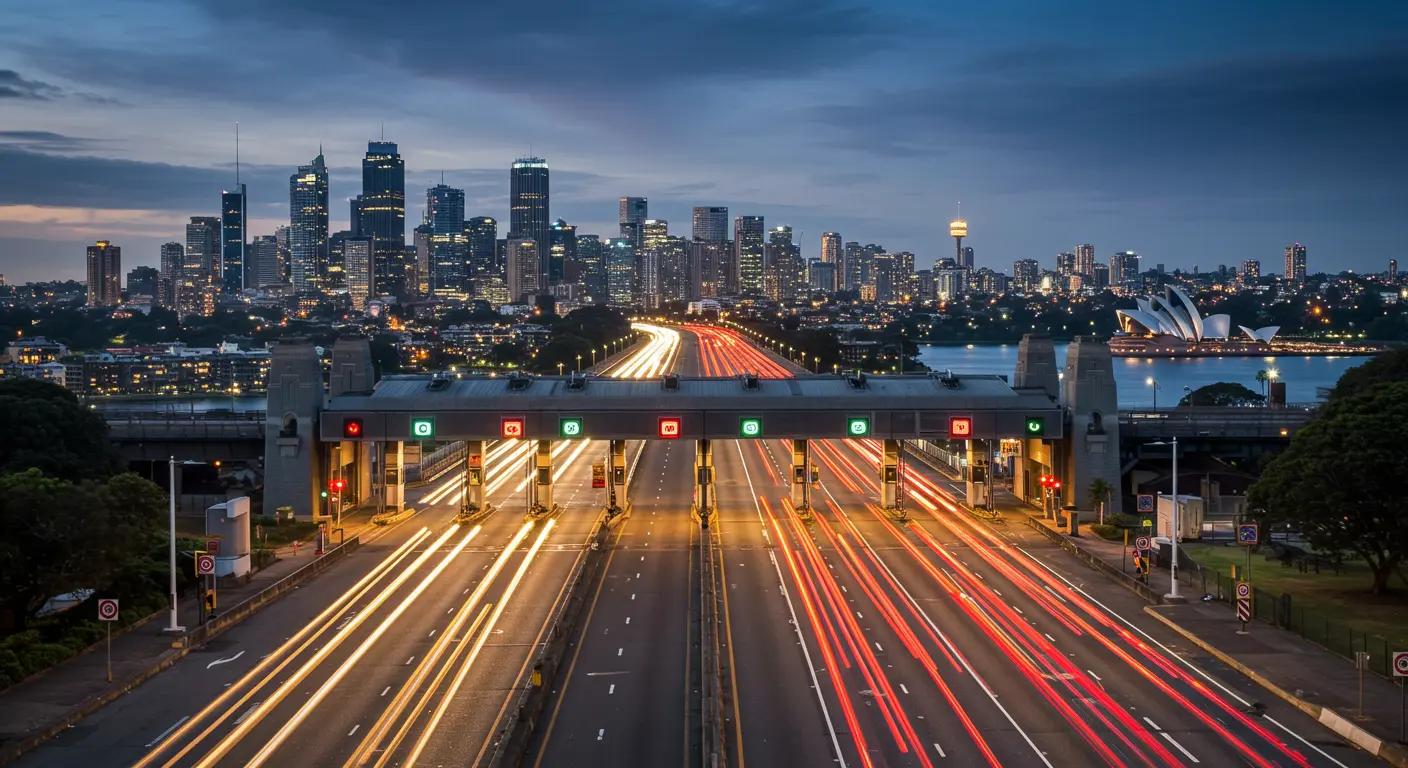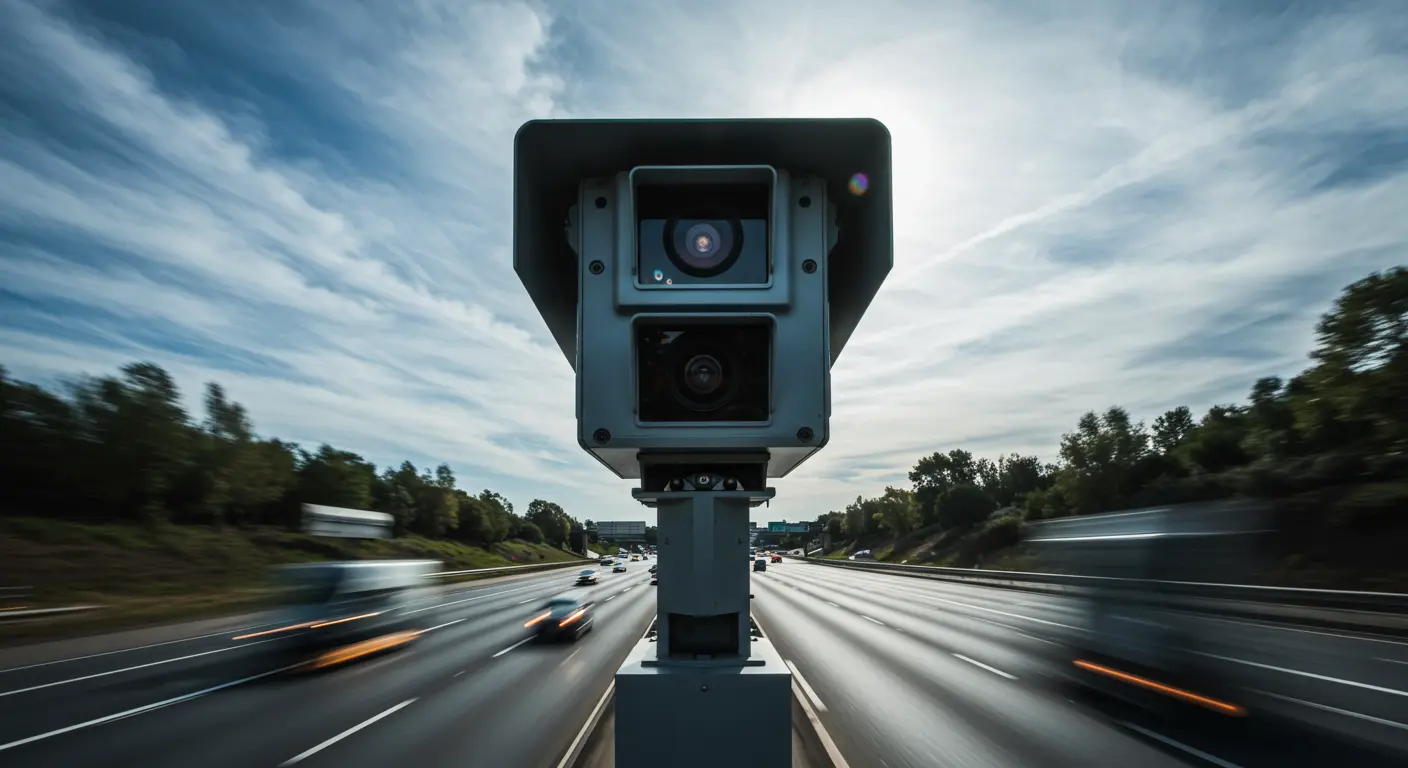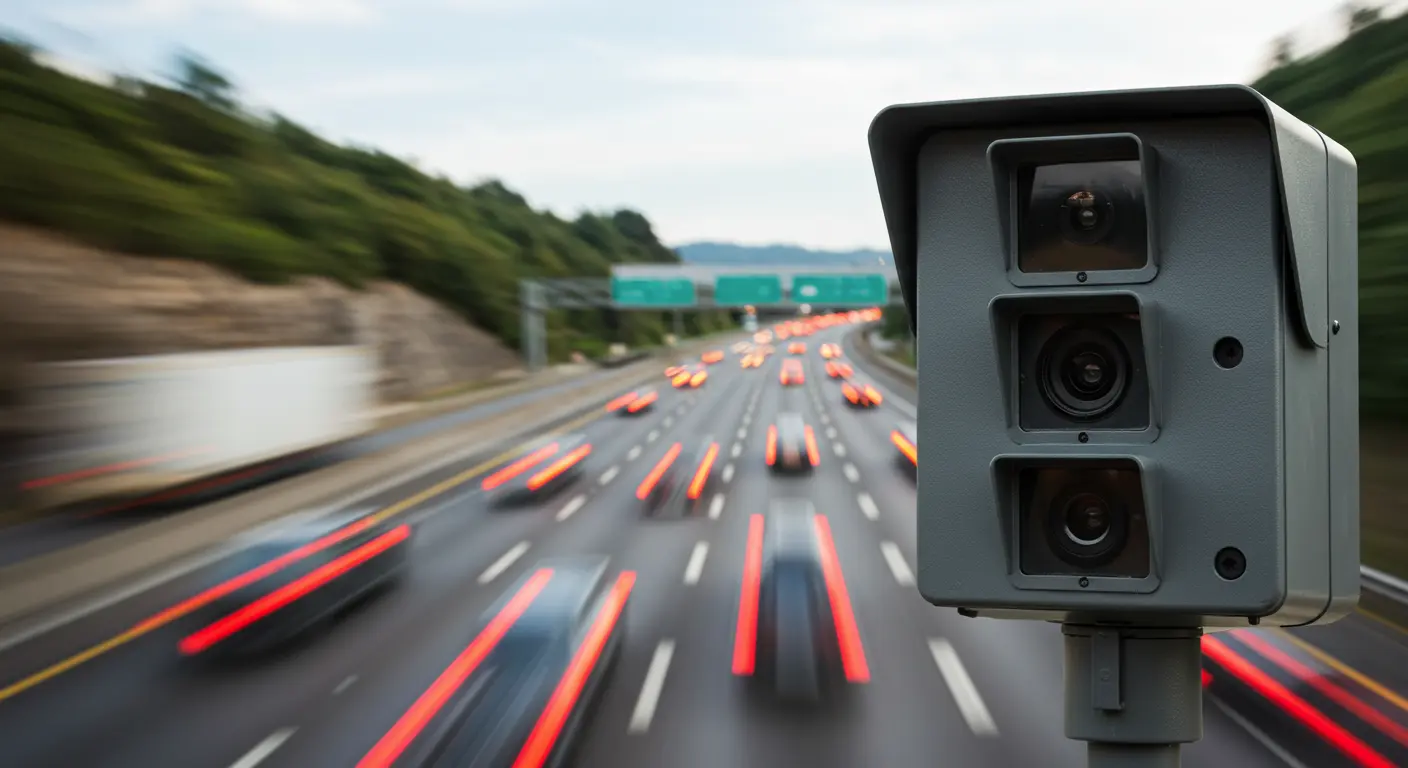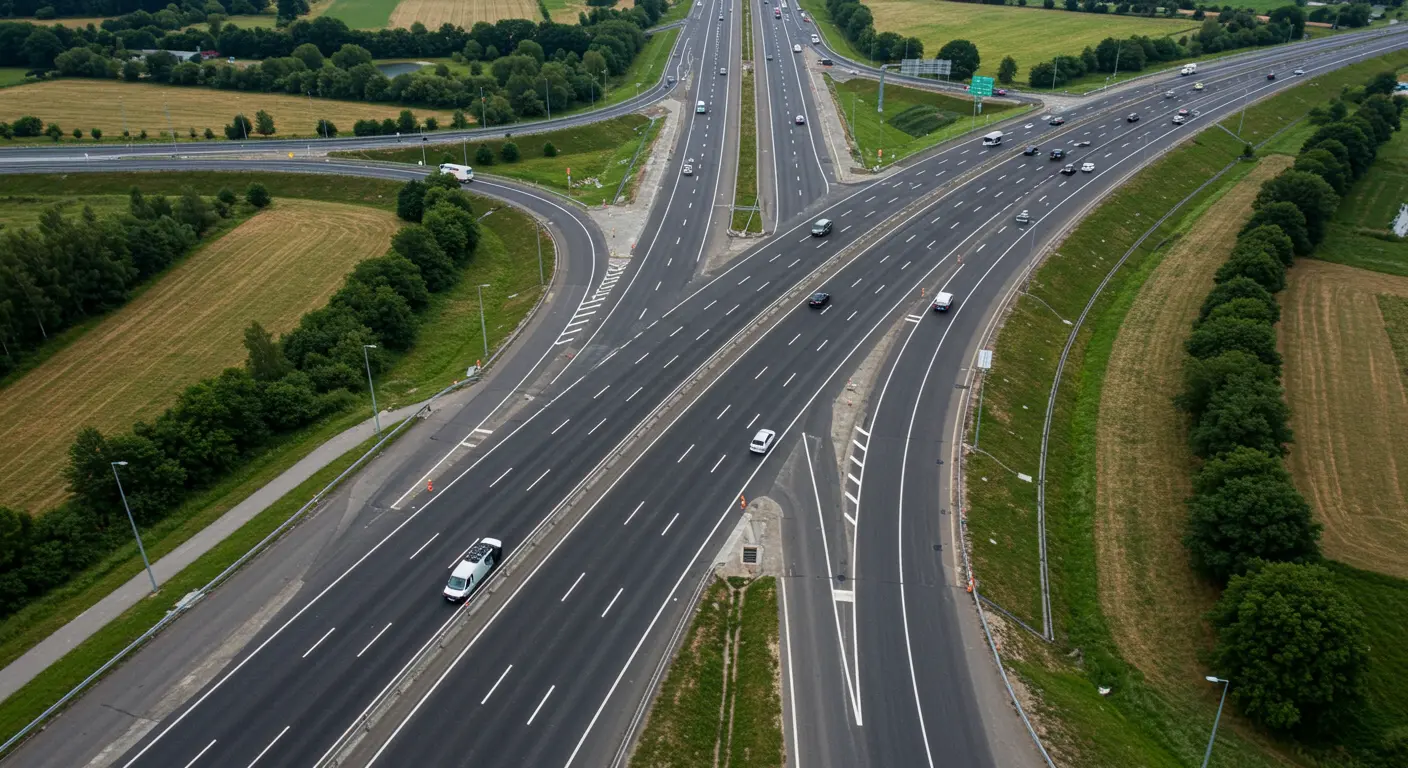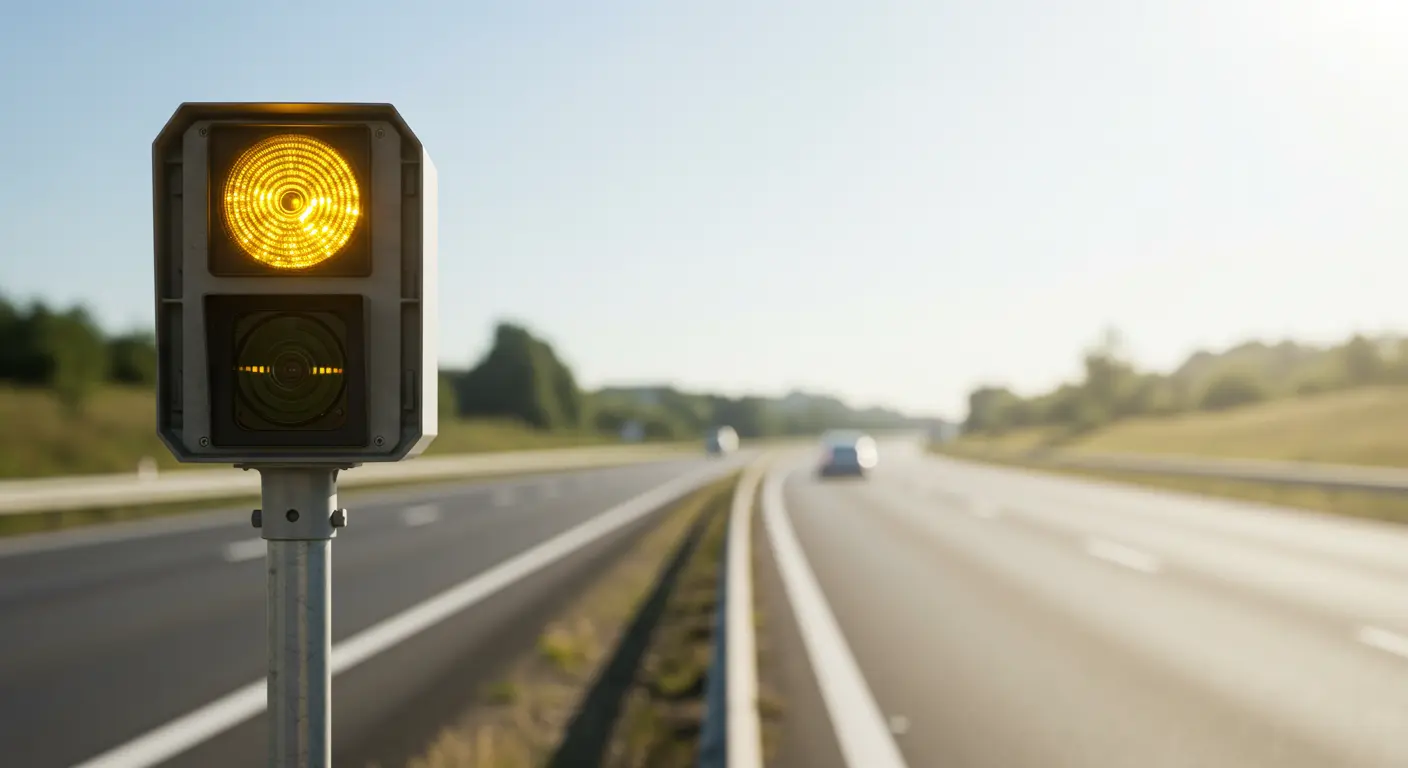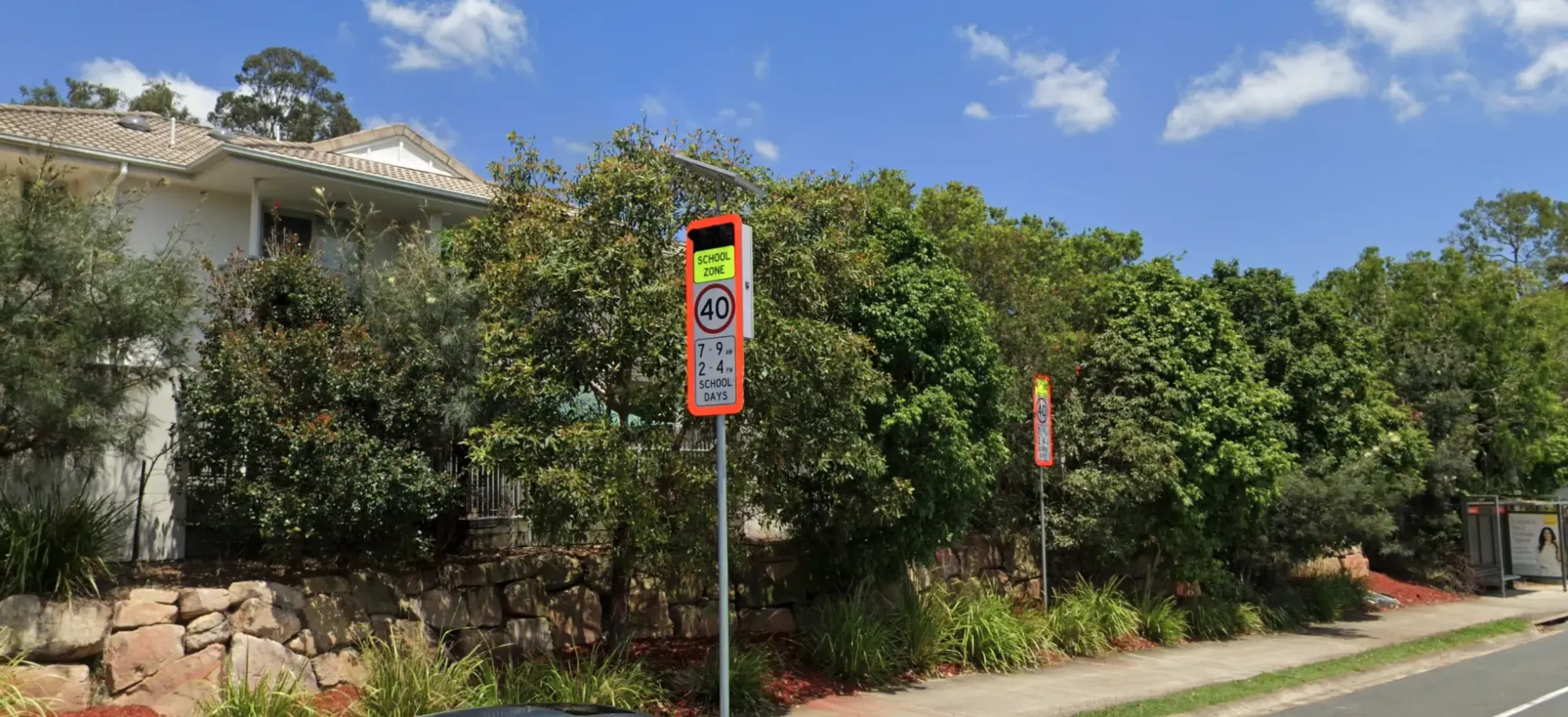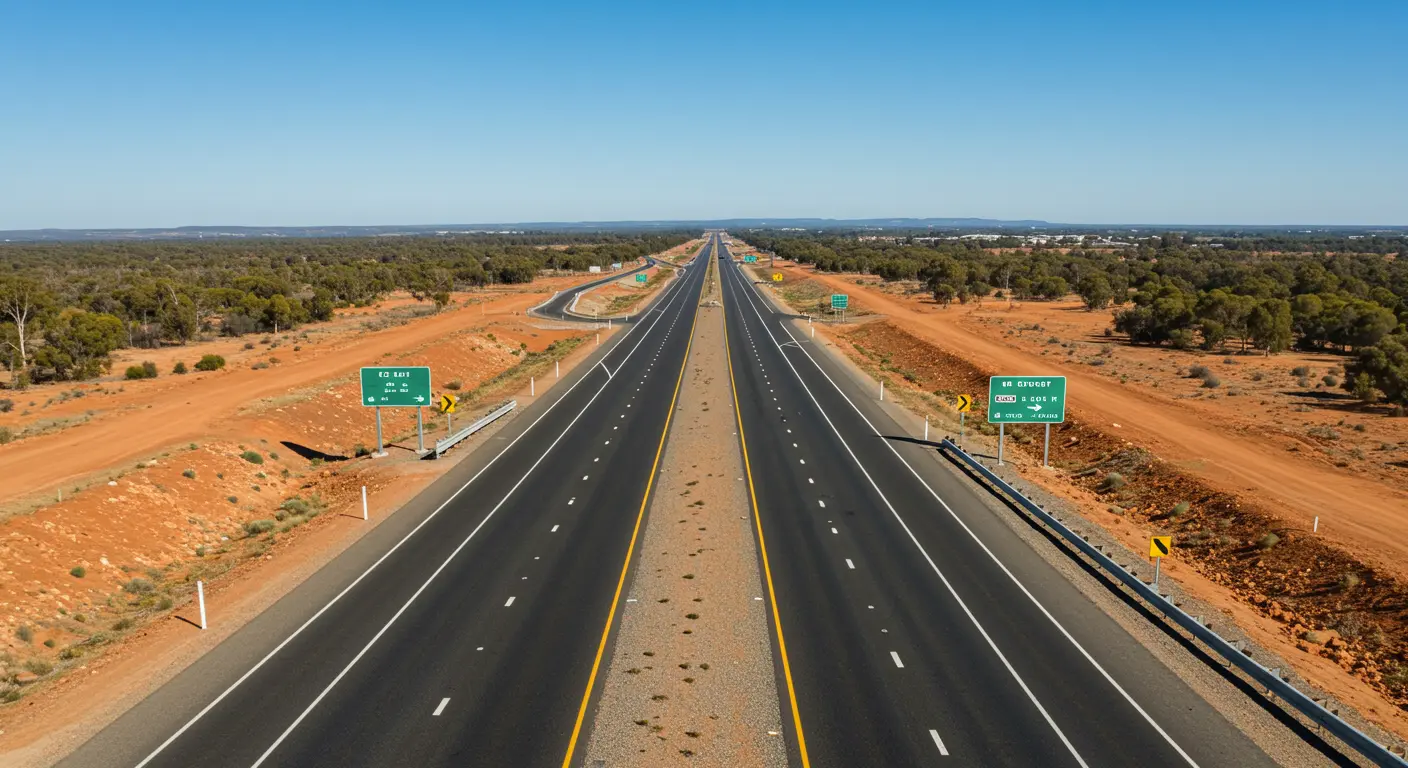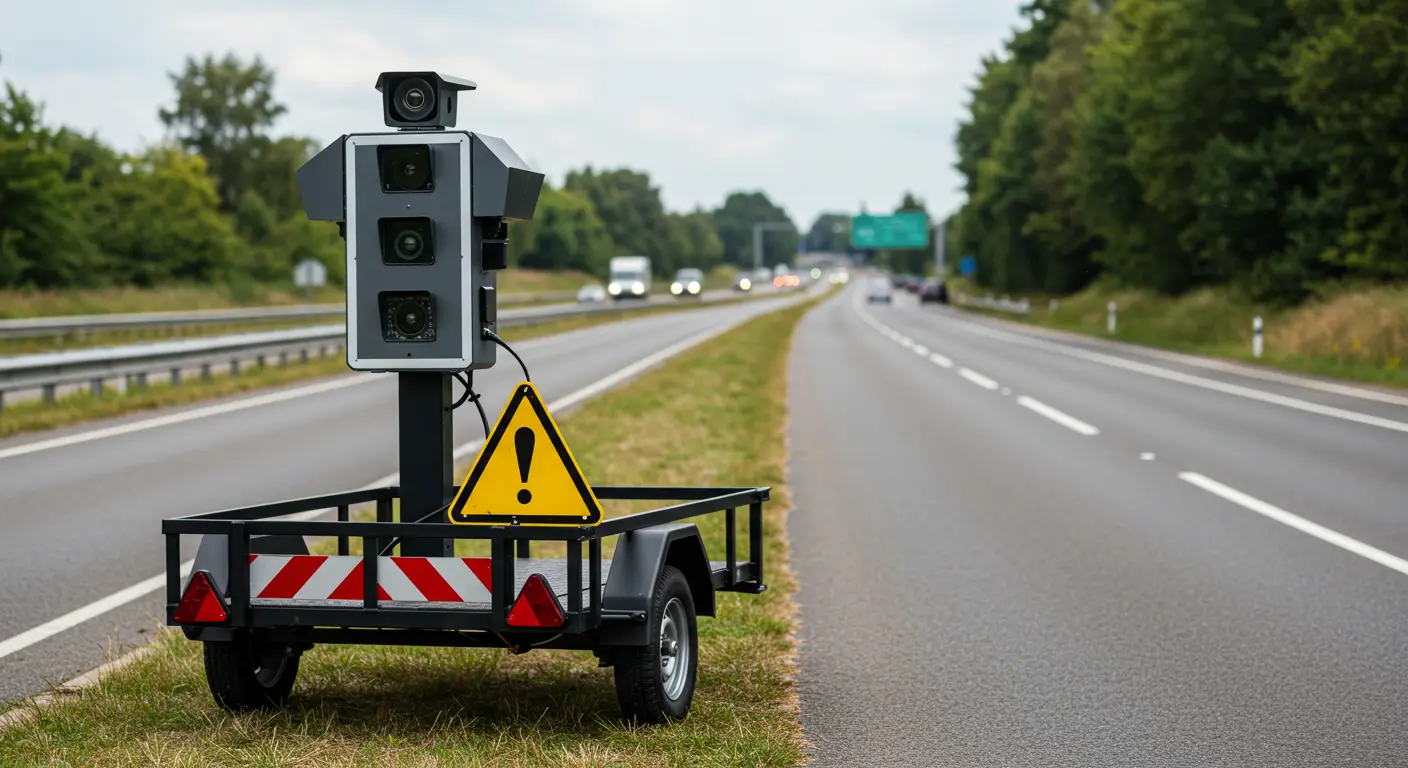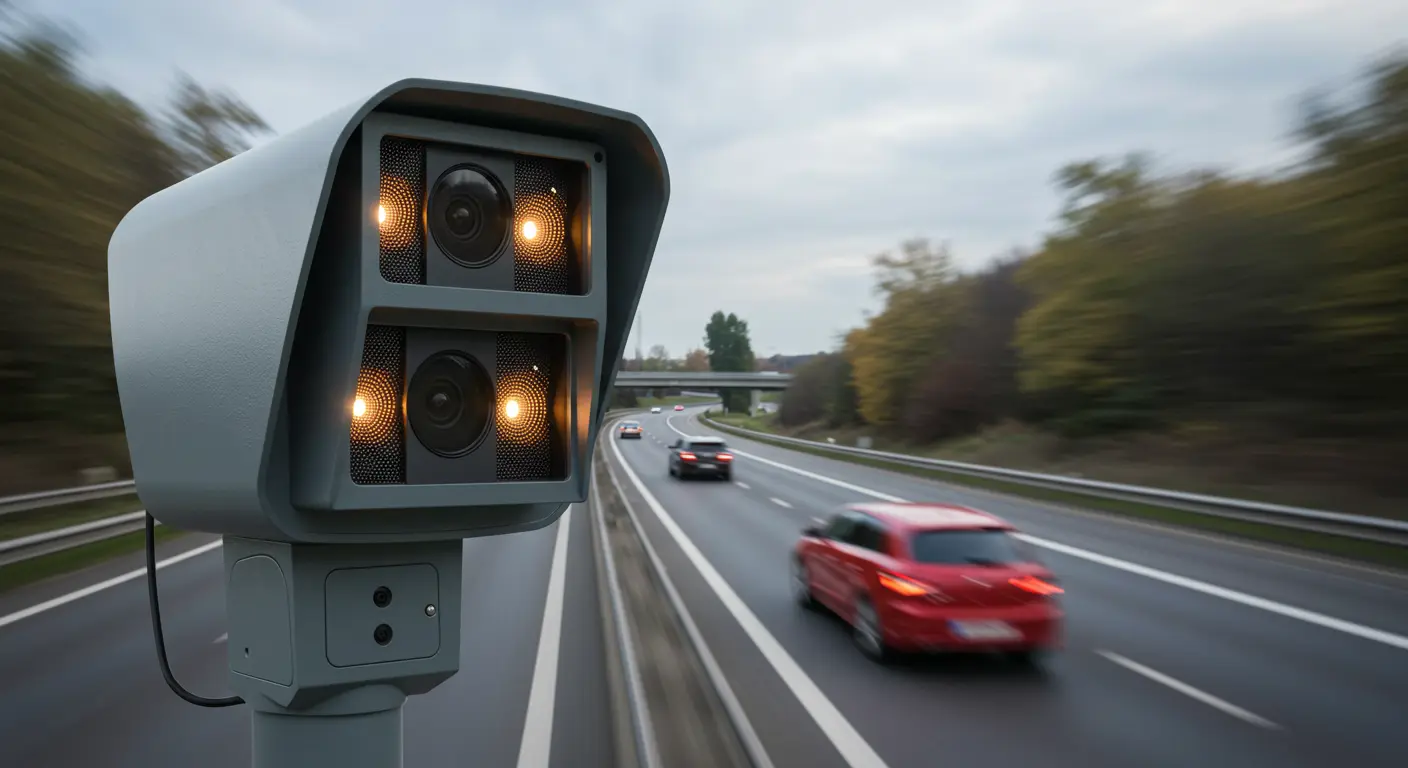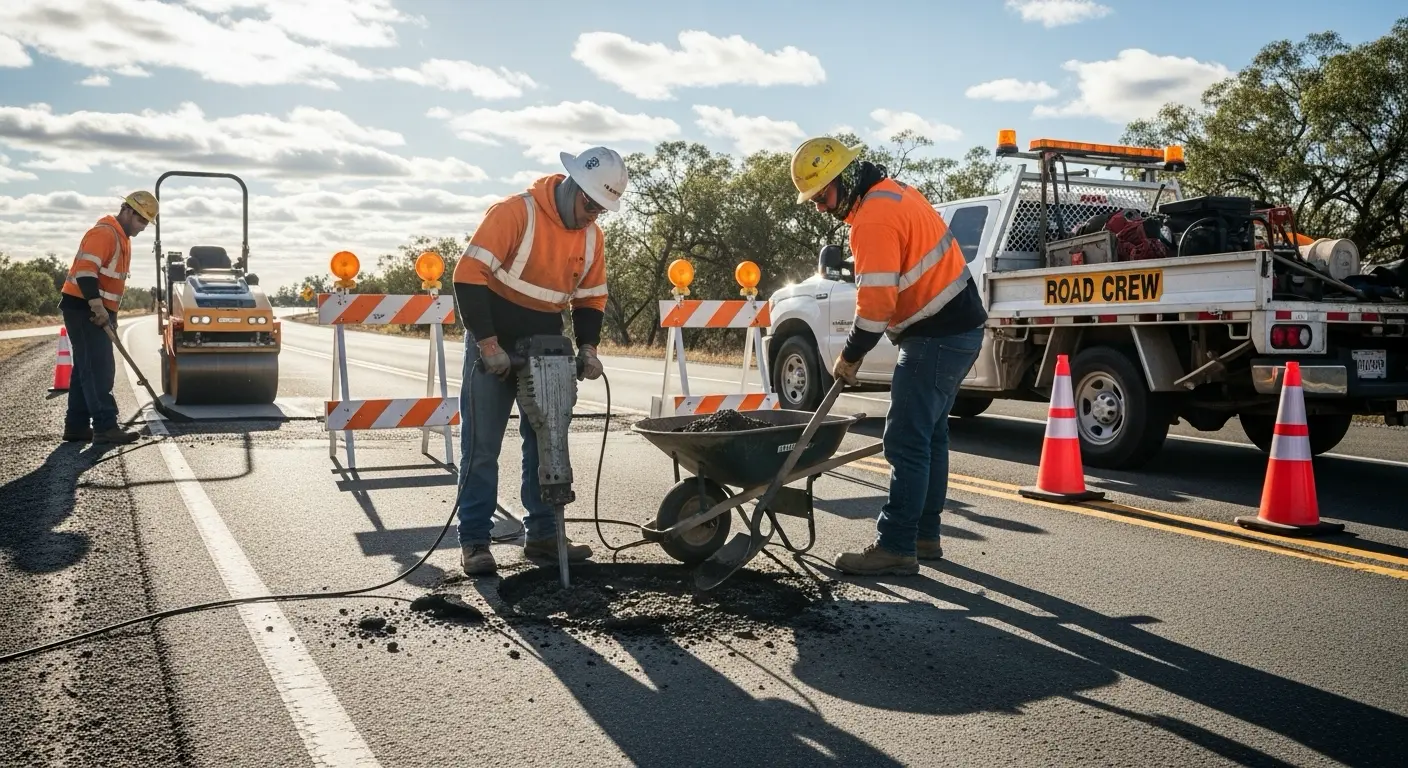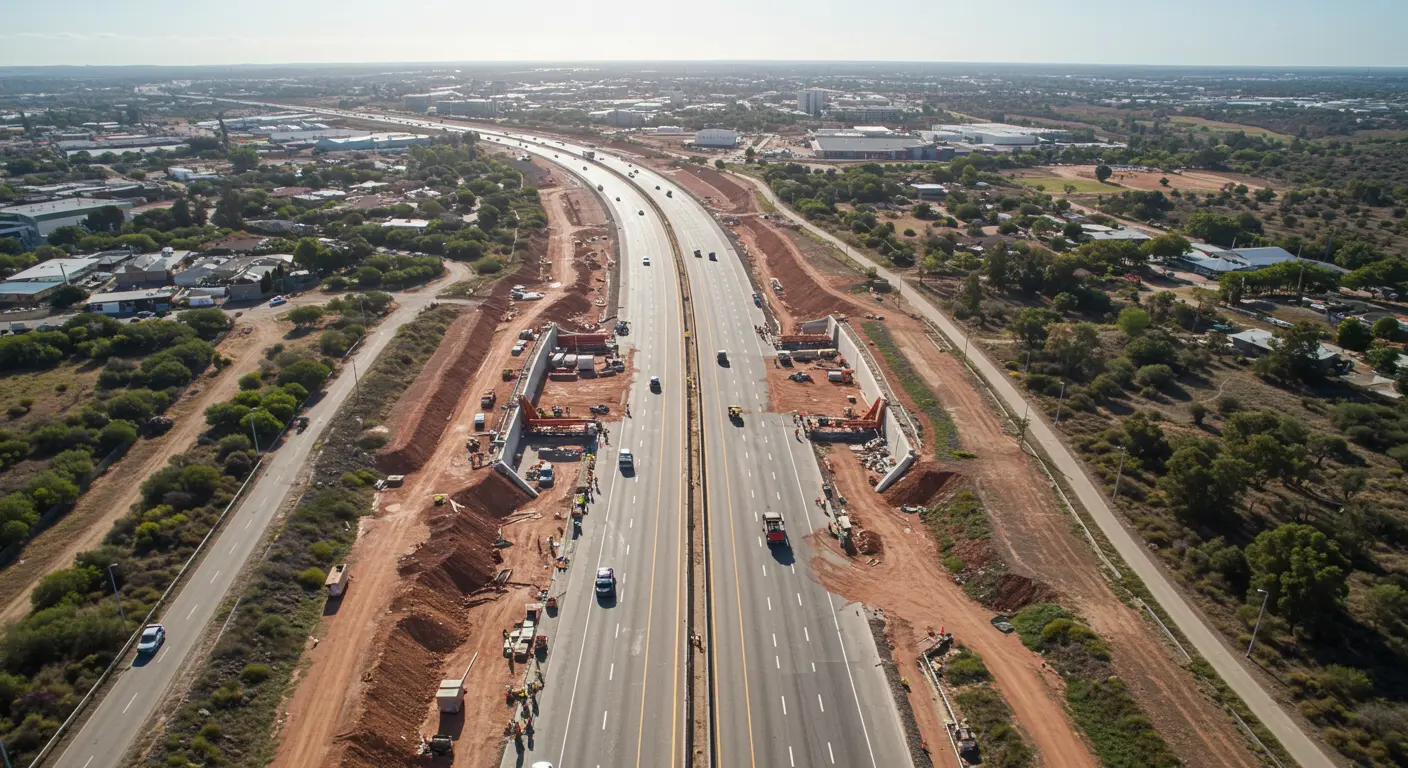From May 2025, average speed cameras along two major New South Wales highways will begin targeting light vehicles as part of a major road safety initiative.
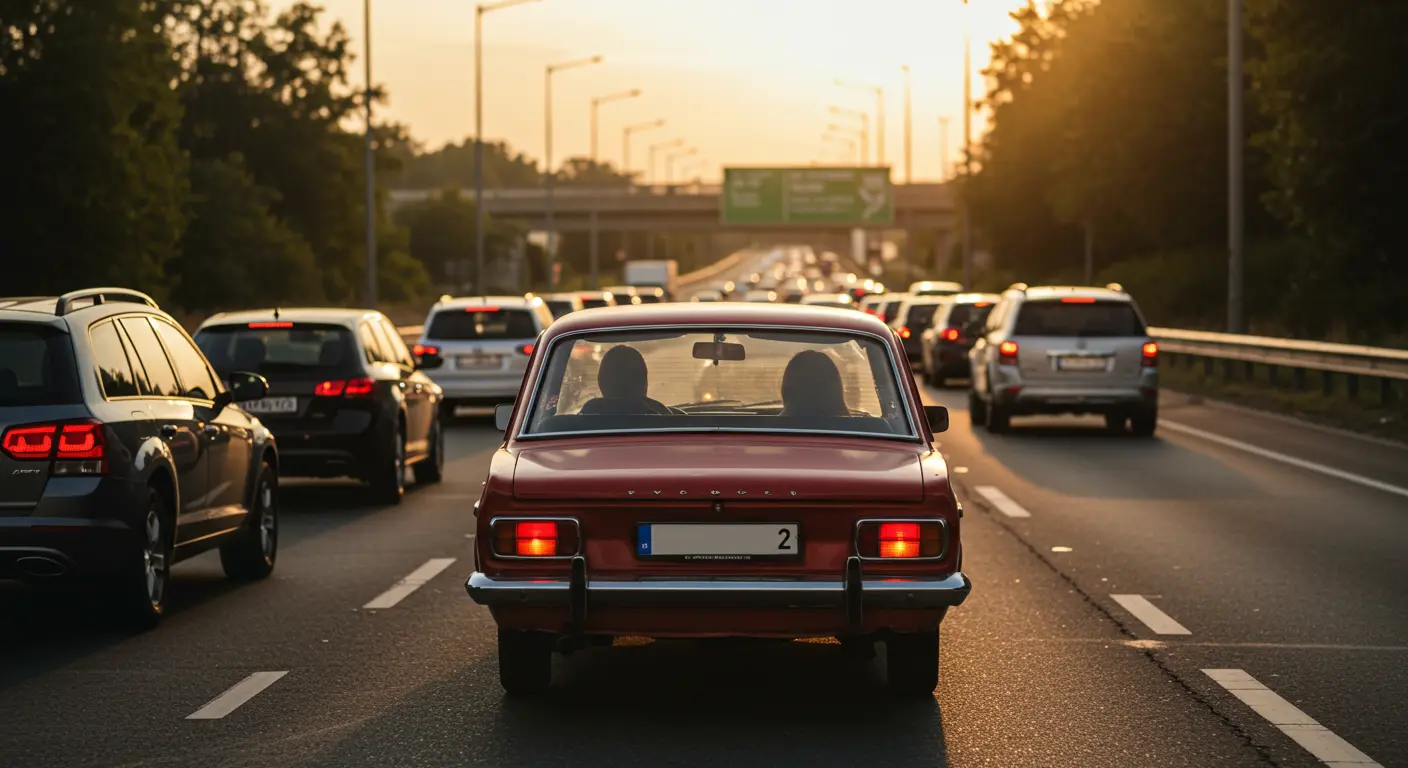
Trial Locations and Enforcement Timeline
The cameras have been activated on the Pacific Highway between Kew and Lake Innes and the Hume Highway between Coolac and Gundagai. These sites were selected due to their crash history and high traffic volumes.
Until 30 June 2025, light vehicle drivers caught exceeding the speed limit by 30 km/h or less will receive a warning letter. However, drivers exceeding the limit by more than 30 km/h will face immediate penalties:
- More than 30 km/h but not more than 45 km/h:
- Fine up to $2,200
- Five demerit points
- Minimum 3-month licence suspension
- More than 45 km/h:
- Fine up to $3,300
- Six demerit points
- Minimum 6-month licence suspension
From 1 July 2025, full enforcement will commence for all speeding offences detected by the cameras.
How Average Speed Cameras Work
Unlike fixed cameras, average speed systems use multiple cameras positioned along a stretch of road to calculate a vehicle's average speed based on the time taken to travel between two points.
These cameras provide a broader measure of speed compliance and are intended to encourage consistent driving behaviour, rather than sporadic speed reductions at fixed enforcement zones.
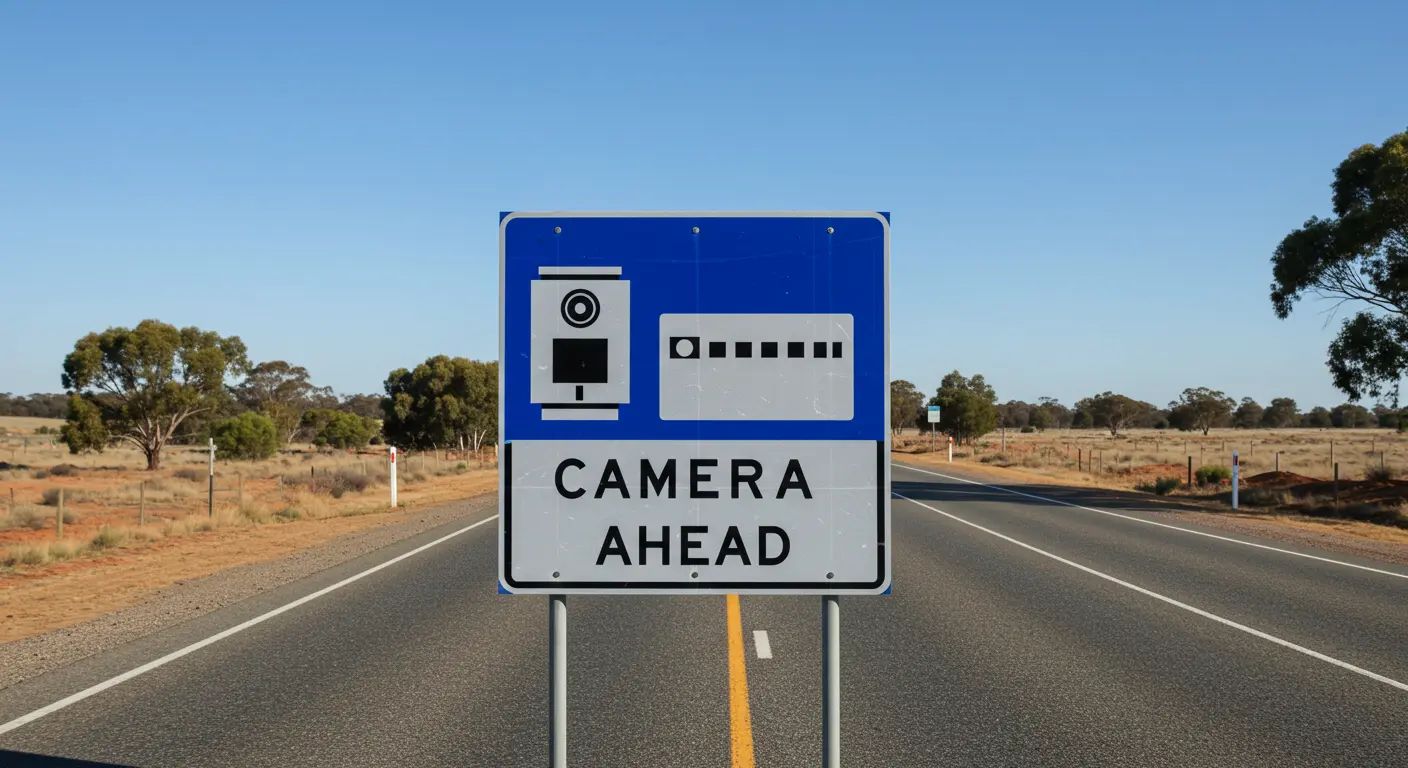
National Context and Rationale
This change marks a shift in enforcement policy in NSW, where average speed cameras previously only applied to heavy vehicles. The reform aligns NSW with other states already using average speed cameras for all vehicle types.
The decision comes amid a nationwide focus on road safety, as 1,300 lives were lost on Australian roads in 2024, the highest toll in more than a decade. Speeding remains a factor in around 41% of road fatalities in NSW, according to Transport for NSW.
Authorities aim to use this technology to improve compliance and reduce fatalities over long-distance travel routes, particularly where crash risk is high.
Public and Legal Response
While authorities defend the move as a necessary safety measure, some legal experts and road safety advocates have expressed concern about the potential for drivers to be penalised for minor lapses, particularly on long journeys. Critics argue that the system may target everyday drivers rather than those engaged in reckless speeding.
Regardless, motorists are advised to strictly adhere to speed limits on all sections of NSW highways.
Disclaimer: This article is intended for informational purposes only. It does not constitute legal advice. Drivers should consult official sources or legal professionals for specific guidance.
